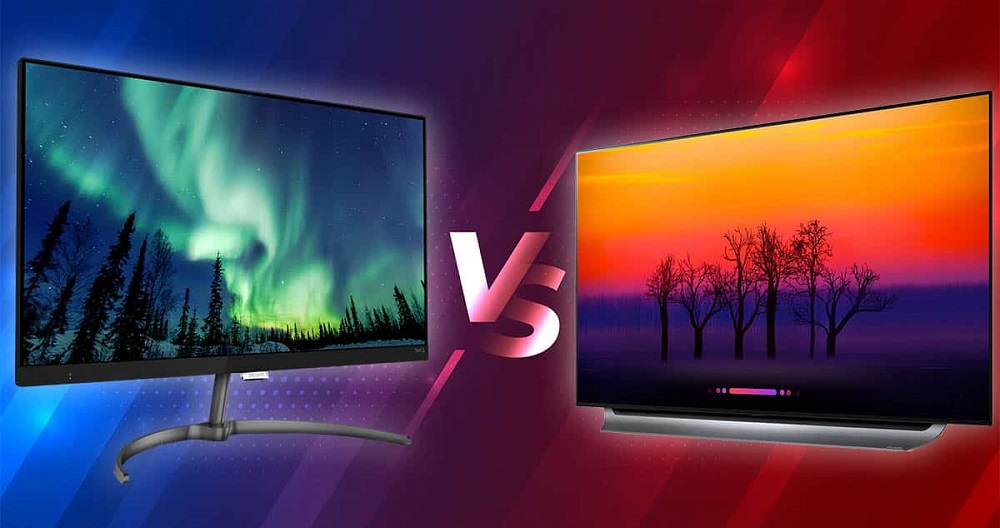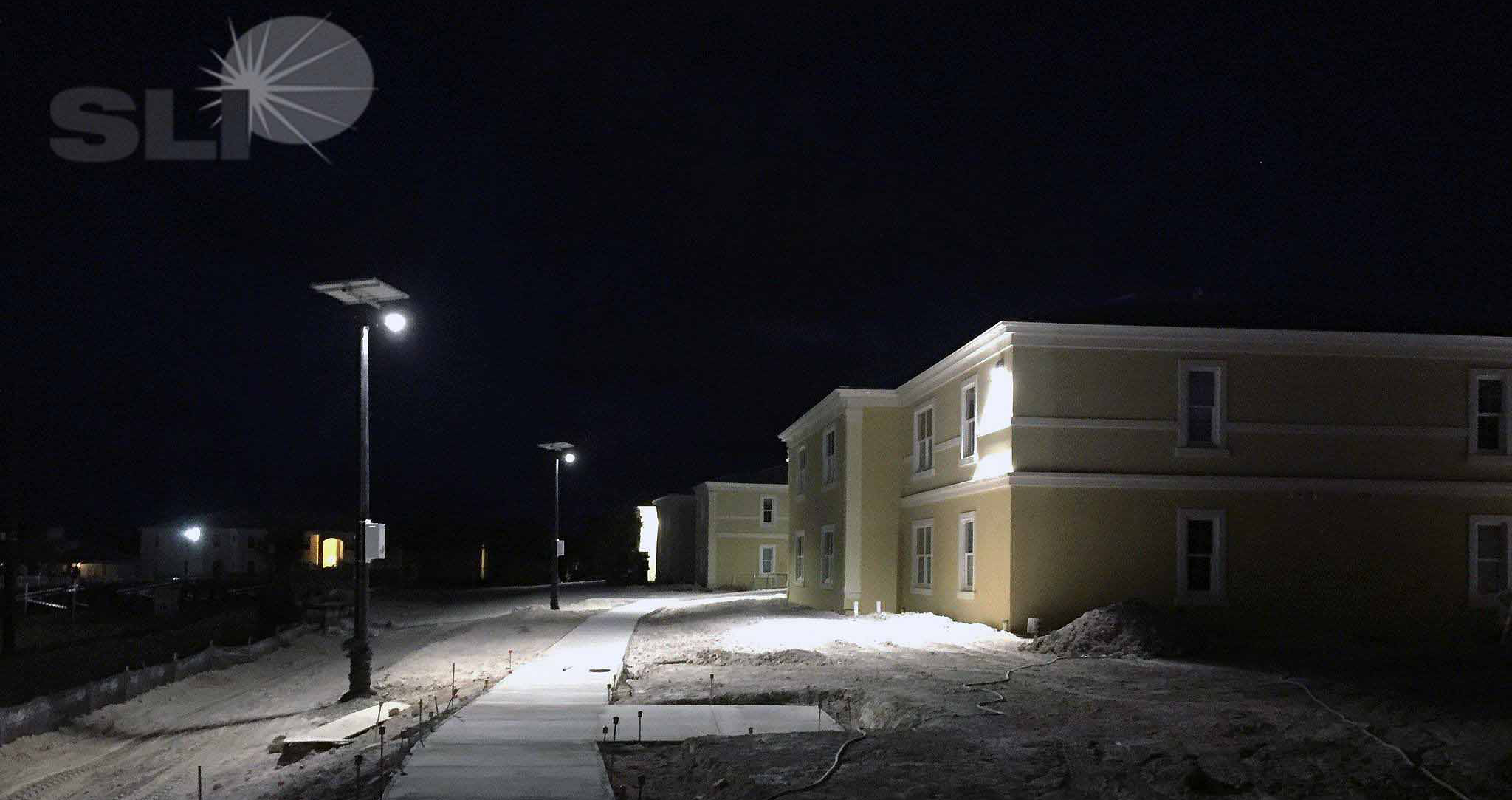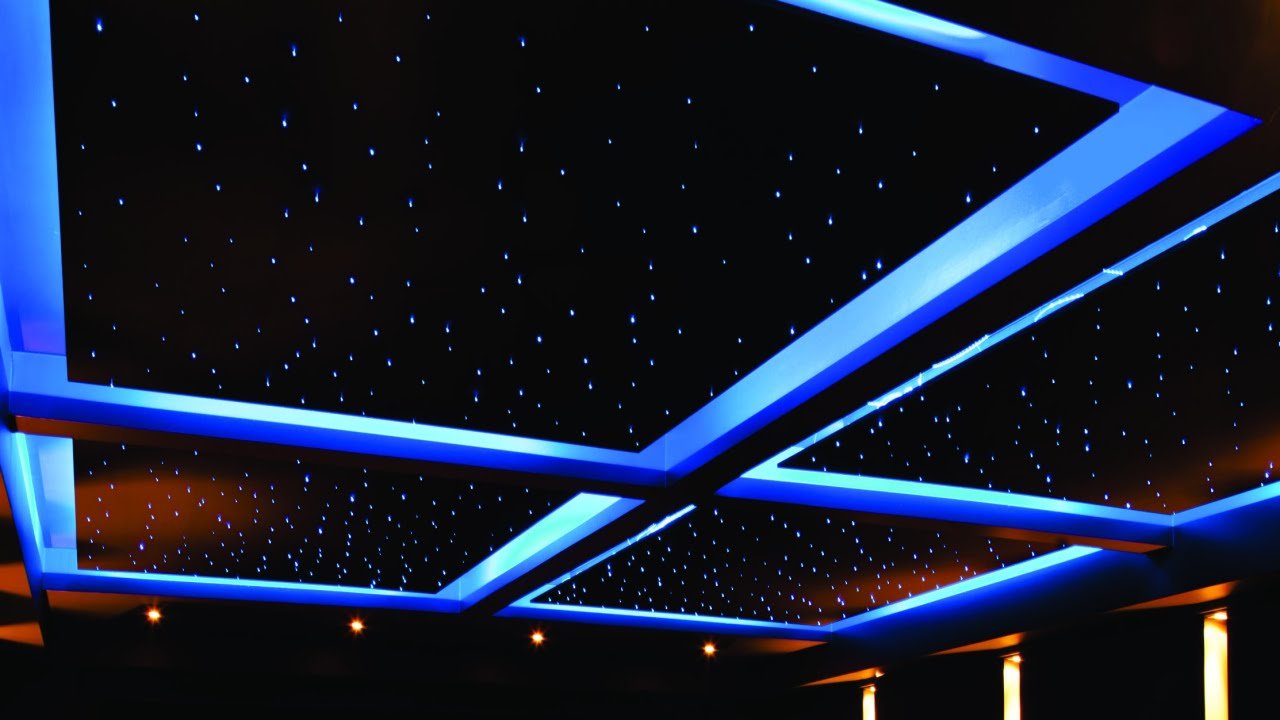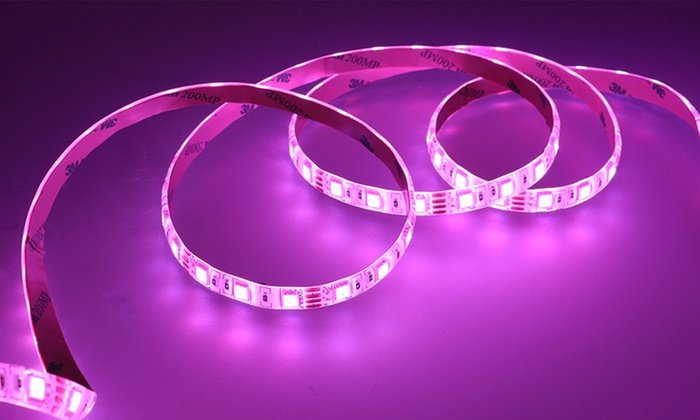Man has never possessed the nocturnal ability, so therefore there is a limit to what we can do in the dark. This is why, in centuries past, before the invention of flashlights, we relied on fire and wood to light our way through the dark. Then came lamps powered by fuel of different types like animal fat and cooking oil.
Then at some point, kerosene lamps were invented, which served their purpose until the dawn of the modern era when flashlights were invented. Flashlights have proven to be quite useful because they are very to use, environmentally friendly, and economical.
1. What are LED Flashlights?
2. What is Lumens in LED Flashlights?
3. LED Flashlight Vs. Incandescent Flashlight
4. Different uses of LED Flashlights
5. Why Choose LED Flashlights?
6. Why do LED flashlights stop working?
7. Frequently Asked Questions
8. Conclusion
However, not all flashlights worked the same. In a bid to improve efficiency, manufacturers saw the need to adopt improved technology to improve upon the incandescent and fluorescent flashlights widely used at the dawn of the 21st century. This led to the adoption of LED flashlights that have proven to be a game-changer.
In this article, we will review all you need to know about LED flashlights, their features, as well as Lumens classifications, and what they mean. Read on to know more.
What are LED Flashlights?
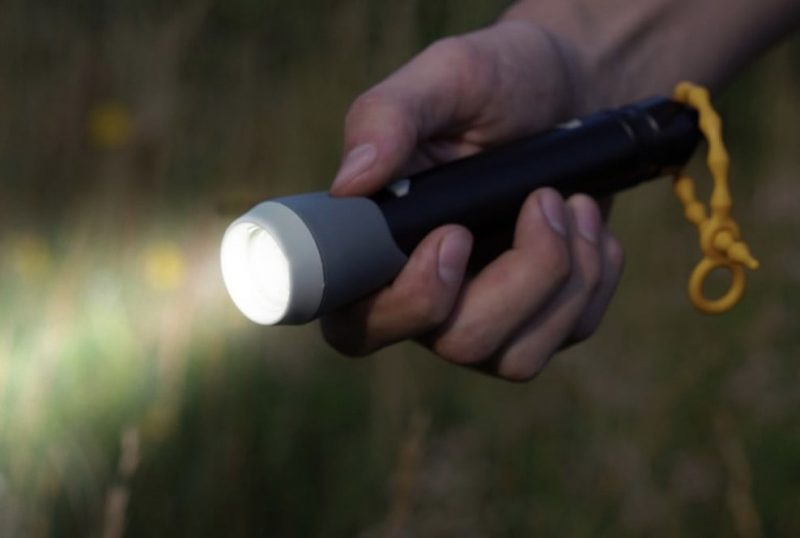
Before we answer the question, we first need to clearly define what a flashlight is beyond the lay man’s understanding of the term. Called a torch in the UK and a flashlight in the US, a flashlight is a handheld electric lighting device that projects light from a source that is mounted on a reflector. It also has a switch and a battery compartment.
Flashlights are either powered by rechargeable or replaceable batteries. Furthermore, this handheld lighting device comes in a variety of forms. We have the types mounted on helmets, waterproof flashlights for underwater exploration, and many more.
This device has become quite helpful, especially in areas where there is limited or no electric power at all. It also provides users with an effective light source even while they are on the move. Generally, flashlights serve one purpose and one purpose alone, and that is to provide light in the dark.
With that out of the way, we have to address the LED component present in LED flashlights of today. LED flashlights serve the same purpose as Incandescent and fluorescent flashlights. However, LED is much better than the former and the latter. It also possesses an advantage over halogen flashlights.
Firstly, LED loses less power as heat since most of the current it consumes is converted into light. It is also a very durable technology that can last for several years before the need to seek a replacement. The electric diode component in LED serves as a semiconductor of electricity. When current passes through the semiconductor, it generates bright light, which fills an entire room when the flashlight is switched on.
What is Lumens in LED Flashlights?
Lumens is a measuring term used to describe the illumination capacity of LED-powered devices. Meaning that Lumens simply measures the brightness of a LED light just like Watts is a term used to measure the light intensity of an incandescent bulb.
So, in other words, Lumens serves to measure the quantity of light your LED flashlight projects. The higher the Lumens, the brighter the flashlight. LED flashlights come in different Lumens categories. We have flashlights with 100 Lumens, 1000 Lumens, 3000 Lumens, 4000 Lumens, 6000 Lumens, 10,000 Lumens, 20,000 Lumens, and 50,000 Lumens.
Some manufacturers manufacture flashlights with Lumens capacity not stated above, but the ones stated above are the most common flashlights you will find in the market. Let us review some of them.
100 Lumens
This is the standard capacity of the average flashlight. For an AA battery-powered flashlight with 100 Lumens, it can run for 5-10 hours before the need arises to change the batteries. 100 Lumens flashlights are best suited for domestic use in the home.
1000 Lumens
A 1000 Lumens flashlight is ten times brighter than a 100 Lumens flashlight. The brightness is determined by the reflector and lens design. If it is powerful enough, the light it projects can reach a distance of 200 meters. Some manufacturers designee theirs to reach a far greater distance.
3000 Lumens
A 3000 Lumens flashlight is so bright that when it is switched on in a dark room, it can illuminate the whole space. But this category of flashlights are not ideal for small but large rooms because they are so bright, they can be blinding. A 2000 Lumens flashlight is suitable for your bedroom or a small interior space but not a 3000 Lumens flashlight.
A flashlight with this power is best used in large rooms or outdoors.
4000 Lumens and Above
4000 Lumens and above flashlights are better for outdoor usage, especially in relatively dark places. The higher the Lumens range, the brighter it’s light. Headlamps and underwater flashlights are common examples of high range Lumens flashlight.
LED Flashlight Vs. Incandescent Flashlight

Of the two, which is better? A LED or an Incandescent flashlight? LED was introduced to address the limitations of traditional lighting technology, of which incandescent bulbs are one of them.
We believe that LED is a much better option, and we show you why using the following key points below. Performance and Price
Performance
LED has proven to be a high-performance technology.
- Low power consumption: Although both LED and incandescent technology converts electricity into light, the amount of power they both use differs. For incandescent bulbs, a significant portion of the power it consumes is wasted as heat, unlike LED that converts over 95% of the power it consumes into light. In addition to that, LED uses less power compared to incandescent bulbs.
This is why your AA battery-powered or rechargeable LED flashlight lasts longer than an incandescent flashlight.
- Brightness: LED is much brighter because it produces white light. Incandescent flashlights, on the other hand, produce yellow light. The whiteness of LED allows you to see much further.
- Durability: LED flashlights have what we call anti-drop features. This means that they are rigid and durable and may not crack so easily if the flashlight slips from your grasp. It does not have the type of filament that an incandescent flashlight has. Moreover, LED flashlights also have anti-shock and vibration features for better protection.
- Environmentally friendly: You don’t have to deal with air pollution when you use LED flashlights as they do not emit any kind of chemical fumes. If you want to greatly reduce your carbon footprint, LES is the way to go.
Price
When it comes to pricing, you may choose to go for either of the two depending on how you define cost and benefit. LED flashlights are quite expensive than other types of flashlights. If you have a small budget, you may wish to go for an incandescent flashlight, and that will be fine.
However, in terms of durability, this may not be such a good idea. Sony because the bulbs in incandescent flashlights have a much shorter lifespan than that those found in LED flashlights. While incandescent bulbs may be cheaper, they don’t last that long, so you would have to seek a new flashlight every few months.
LED, on the other hand, maybe much expensive, but they last very long. Some LED flashlights can provide you with as much as 50,000 lighting hours before the need to replace them.
So while LED is more expensive, it offers users long term benefits.
Different uses of LED Flashlights
LED flashlights can be used in different environments. We can see them in almost every area of human endeavor where there is a need for lighting. For instance, we find the in use in the following areas or places.
For cars
Having a flashlight in the compartment of your dashboard is a smart choice as the light may come in handy if there is a need to fix something in your car at night or if your interior car light is no longer working. You may even have a need to use the light to see your way through a dark area that your car cannot travel through.
For Bikes
There are special flashlights designed for bikes. They serve a similar special purpose to those of car flashlights.
For Mobile
In the past, phones were mainly for communication and nothing more. Today, we have phones that do more than just that. Most phones now come with LED flashlights located at the tip. You can see your way through the dark by just turning it on in the phone setting.
For Nails
A flashlight for nails is common in hair and nail salons. Nail flashlights are used by manicurists to work on their clients at night.
For Camera
The flash produced by cameras when you take pictures with your phone or with a camera is powered by LED. Flashes improve image quality, particularly when you are taking pictures in a dark room. Photography will not be what it is today if not for LED technology.
Why Choose LED Flashlights?
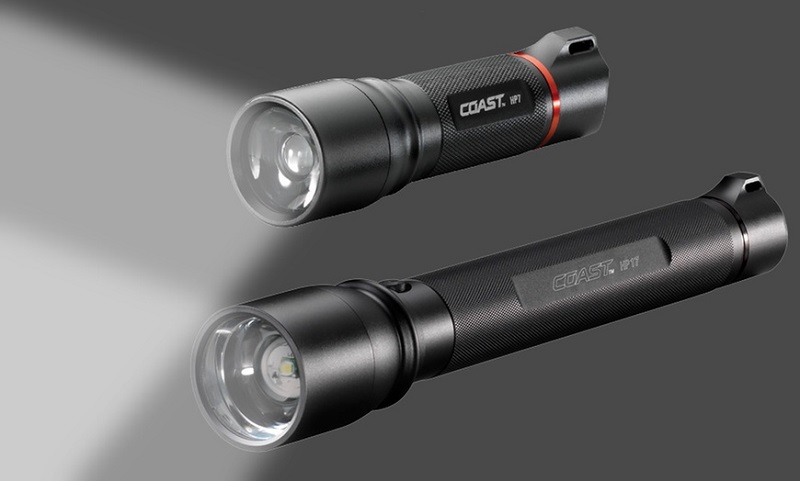
Here are some of the reasons why a LED flashlight should be your number one choice over the others.
- Safety: LED doesn’t contain mercury or other harmful materials found in Halogen and other traditional lighting systems. You can use it for hours and not have to worry about the negative impact it will have on your health because it is safe.
- Durable: LED flashlights are highly durable. The bulbs are kept safe in compartments that prevent them from cracking or breaking, firing a fall. The bulbs are also made of first materials.
- Power efficiency: LED doesn’t consume as much power as other lighting systems. Beyond that, it uses most of the current it draws to produce light. With a LED flashlight, you spend less money on batteries.
- Lifespan: LED flashlights are long-lasting. With as many as 50,000 hours of lighting hours available, you can use your LED flashlight for years. LED flashlights represent value for money.
Why do LED flashlights stop working?

While your flashlight may flicker once in a while, it should not stop working altogether. If it does, it is an indication that something has gone wrong. If your flashlight is no longer working, consider doing the following.
- Start with the batteries
Your first point of call should be to check the battery. If you noticed the bulb going dim before finally going out, it may be due to low battery power. Try replacing the battery with a new one to see if it comes back on. If you use a rechargeable battery instead of an AA lithium battery, charge it before re-inserting it into the flashlight.
- Examine the O-Ring
Most LED flashlights have what is called an O-ring. These rings are located at the head and tail of the flashlight, while others have both O-rings at the head. Many flashlights will not come on if there are two O-rings instead of one at the head or the tail. Check to be sure that only one is in place at both ends. If you notice more than one, remove the extra one and tighten the one you leave behind.
- Clean out dirt
If the two steps above do not work, you may need to do a little bit of maintenance work. Flashlights use for outdoor purposes tend to gather a lot of dust and debris, which may get in the way of the wires. Open up the flashlights by unlocking the screws with a driver. Then use a cloth doused in alcohol to clean the mechanical compartment carefully. This should resolve the problem.
Frequently Asked Questions

How do LED flashlights work?
Light-emitting diode flashlights function with the passage of electrons. LED flashlight possess semiconductor materials such as gallium or silicon, which is modified to allow current to flow through. As current passes through the semiconductor, light is generated.
How long do LED flashlights last?
How long your LED flashlight lasts depends on the capacity of the semiconductor and other features. Generally, the average low Lumen flashlight with a capacity of 50 Lumens and below can last for between 20-50 minutes. A flashlight above 50 lumens and up to 150 lumens can last for 6-12 hours if it is operating at its highest operating capacity. A LED headlamp with a 150 lumens capacity can last for as long as 2-8 hours at its highest operating capacity.
What are the best rechargeable batteries for LED flashlights?
Different battery options work well with LED flashlights. If you use yours frequently, you should consider getting NiMH rechargeable batteries. This will save you the extra cost of buying new batteries every now and then.
For flashlights that you use once in a while, Lithium AA batteries are ideal. Lithium batteries are suited for extreme temperatures, unlike NiMH batteries.
How long should I charge LED flashlight batteries?
To get a full charge, 8 hours should be enough if the battery was at 0%. But frequent charging of our batteries will shorten the lifespan. To avoid frequent battery drains, consider buying two sets of batteries and have them charged and ready so that you don’t have to charge the same battery set all the time.
Which LED flashlight is the brightest?
There are so many high-intensity flashlights on sale so picking the brightest out of the lot is a complicated task. However, some brands have carved a niche for themselves in terms of quality and brightness. One of the brightest, if not the brightest LED flashlights today, is the MS18 rechargeable flashlight from Cree. The Cree XHP70 has a maximum output of 100,000 Lumens and can illuminate a distance of up to 1350 meters.
Why do LED flashlight flicker?
LED flashlights may flicker due to several reasons.
- Low battery voltage
- Loose electric wires
- Rise in voltage
Why do LED flashlights get hot?
LED flashlights get hot if they stay on for a very long time. While this may seem like something is going wrong, it isn’t something to worry about. A hot flashlight is an indication that the heat sinking element is protecting the sensitive diode in the flashlight by ejecting heat.
Can LED flashlights hurt your eyes?
LED lights have what experts call blue light. Many medical practitioners believe that blue light rays disturb our sleep rhythms, which may affect our health. Blue light disrupts our circadian rhythms, which is the human biology clock that induces sleep at night and wakefulness during the day.
Can LED flashlight bulbs be replaced?
Some flashlights come with detachable bulbs that can be replaced when they wear out, but others come with permanent bulbs that are irreplaceable.
Can a LED flashlight start a fire?
A LED flashlight can start a fire. Flashlights with a high-efficiency reflector and a capacity of up to 2,300 lumens can generate sufficient heat to ignite a fire.
What are the best LED flashlights?
In terms of quality, the best flashlights are durable and can last long before the need to seek a replacement. Rechargeable flashlights are highly sought after because users can save extra costs on frequent battery changes.
How to choose a new LED flashlight
If you are shopping for a new flashlight, here are some tips to consider.
Ask the right questions
How is the flashlight switched on and off? Can it be switched on by accident if you have it in your bag? These are important questions.
Furthermore, is the flashlight suitable for your needs, and does it have a good grip? Lastly, how is it powered? AA batteries or rechargeable batteries. These questions can help you make an informed decision. In addition to the above, you will want to test
- Performance: Is it a high or low-performance flashlight? LED flashlights that have ANSI FL1 ratings are very good
- Light output: The higher the Lumens, the brighter the flashlight. So, therefore, flashlights with 1000 lumens are brighter than others with a 500 lumens capacity.
- Beam distance: The beam distance is the area the flashlight can cover when it is switched on. You should consider buying a flashlight that can cover a wider area.
- Run time: How long will the flashlight last? You will have to consult the manufacturer’s manual to get this information. Some flashlights drop in output at a rate of 10% every 15 minutes, while others will maintain brightness for a long time before dropping dramatically.
- Water Resistant: If you wish to buy the flashlight for indoor use, only this may not be an important feature to consider, but you never know. A waterproof flashlight will serve you well under wet conditions.
What are the Best Flashlight brands?
Some of the best flashlight brands include
- Maglite
- Olight
- Streamlight
- Cree
- Coast
Where to buy LED Flashlights
You can buy very good flashlights via the following online platforms and supermarkets
- eBay
- Walmart
- Home Depot
- Lowes
- Costco
- Amazon
- Directly from manufacturers
Conclusion
LED flashlights are ideal for both indoor and outdoor use and under extreme weather conditions and temperature. When next you plan to buy a LED flashlight make sure you only buy products from the best brands, some of which are mentioned in this article.

